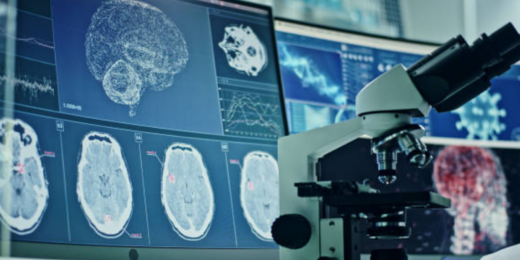
Therapeutics
Traumatic brain injury (TBI) can lead to post-traumatic epilepsy (PTE), a condition where unprovoked seizures develop months or years after the initial injury. About one in three people with PTE do not respond to existing anti-seizure medicines, and there are currently no approved treatments that can prevent epilepsy from developing after TBI. Research has pointed to inflammation in the brain—as a key factor in this process. One protein involved in this inflammatory response is the P2X7 receptor, which is activated by high levels of ATP released from damaged cells.
Researchers investigated whether blocking the P2X7 receptor could reduce the likelihood of developing PTE following a brain injury. Using an experimental model of TBI, they administered a selective P2X7 antagonist shortly after injury. They found that this treatment significantly reduced the number of animals that went on to develop seizures. Importantly, treatment also reduced abnormal activity between seizures and lessened long-term changes in brain structure.
The team also explored whether P2X7 could be used as an imaging biomarker. They used PET scanning with a radiotracer that binds specifically to the P2X7 receptor. This allowed them to detect increased P2X7 activity in the injured brain during the early post-injury phase, particularly in regions later associated with seizure onset.
While further studies are needed, the results suggest two potential advances: PET imaging targeting P2X7 could identify individuals at higher risk of developing epilepsy after TBI by revealing early brain inflammation, and blocking P2X7 receptors in the days or weeks after TBI may reduce the chance of PTE developing.
Read the full publication here